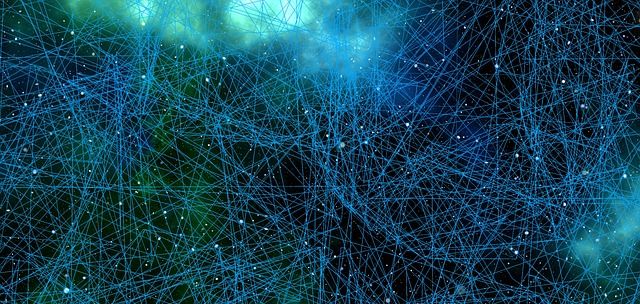Bioinformatics
Neural Networks in Bioinformatics

Introduction to Neural Networks Module in Bioinformatics
Neural networks are machine learning algorithms inspired by how the human brain works. They are composed of multiple layers of interconnected nodes, or "neurons," that process and transmit information.
In bioinformatics, neural networks help analyze and interpret biological data, such as DNA sequences or protein structures.
What is a Neural Network?
A neural network is a machine learning model composed of multiple layers of interconnected nodes, or "neurons." Each neuron receives input from other neurons, processes the input using a mathematical function, and then passes the output to other neurons in the next layer.
The connections between neurons are called "weights." The strength of these connections determines how much influence a neuron has on the network's output.
There are three main types of neural networks:
- Feedforward neural networks:
- These are a common type of neural network used for tasks such as classification and regression. In these networks, the information flows only from the input to the output layer direction without looping back.
- Recurrent neural networks:
- These are used for tasks that involve sequential data, such as natural language processing or time series analysis. In a recurrent neural network, the information can flow in both directions, allowing the network to "remember" past inputs and use them to inform future predictions.
- Convolutional neural networks:
- These are used for tasks that involve image or audio data. In a convolutional neural network, the neurons are organized into two or three-dimensional grids, allowing the network to analyze spatial relationships between input data.
How Do Neural Networks Learn?
Neural networks learn through a process called "training." During training, the neural network is presented with a set of input data and the corresponding desired output, or "labels."
The neural network then predicts based on the input data and compares it to the label.
If the prediction is incorrect, the weights between the neurons are adjusted to reduce the error. This process is repeated for multiple input-output pairs, allowing the neural network to improve its accuracy over time.
Applications of Neural Networks in Bioinformatics
There are many applications of neural networks in bioinformatics, including:
- Protein structure prediction:
- Neural networks can successfully predict the protein 3D structures based on their amino acid sequence. The 3D structures are important because the structure of a protein can determine its function.
- Gene expression analysis:
- Neural networks can identify patterns in gene expression data and classify genes into different categories, helping researchers understand the role of genes in biological processes and diseases.
- Predictive medicine:
- Neural networks can predict the likelihood of a patient developing a particular disease based on their medical history and other risk factors. These predictions can help doctors identify patients at high risk for a specific condition and take preventive measures.
- Drug discovery:
- Neural networks can predict the likelihood that a particular compound will be effective as a drug. These predictions can help researchers identify potential drug candidates and save time and resources in drug development.
Neural networks are a powerful tool for analyzing and interpreting biological data in bioinformatics. With their ability to learn and adapt, neural networks have the prospect of revolutionizing how we understand and treat diseases. As bioinformatics continues to grow and evolve, we expect to see many more exciting developments and applications of neural networks.
Lesson Plan (tentative)
-
Introduction to neural networks and their applications in bioinformatics
Neural networks are machine learning algorithms consisting of multiple layers of interconnected nodes that process and transmit information using weighted connections. Neural networks are...
-
Basics of machine learning and supervised learning
Machine learning (ML) is part of artificial intelligence (AI) that uses algorithms and statistical models to make computers learn and enhance their performance on a specific task without...
-
Neural network architecture and activation functions
Welcome to this lesson on neural network architecture and activation functions in bioinformatics! We have designed this lesson for university students interested in learning about the basics of neural networks and how to apply them applied in bioinformatics.
-
Training neural networks using backpropagation
They are extremely useful for tasks that involve pattern recognition and prediction, such as identifying...
-
Recurrent neural networks for time series analysis in bioinformatics
Recurrent neural networks (RNNs) belong to a class of artificial neural networks that are particularly well-suited for processing sequential data.
-
Convolutional neural networks for image analysis in bioinformatics
Convolutional neural networks (CNNs) are one artificial neural network type specifically designed to process data with a grid-like topology, such as an image.
-
Autoencoders and their applications in bioinformatics
Autoencoders are neural networks used for unsupervised learning. They are called autoencoders because they are trained to reconstruct their input data or "encode" it and then "decode" it back to its original form.
